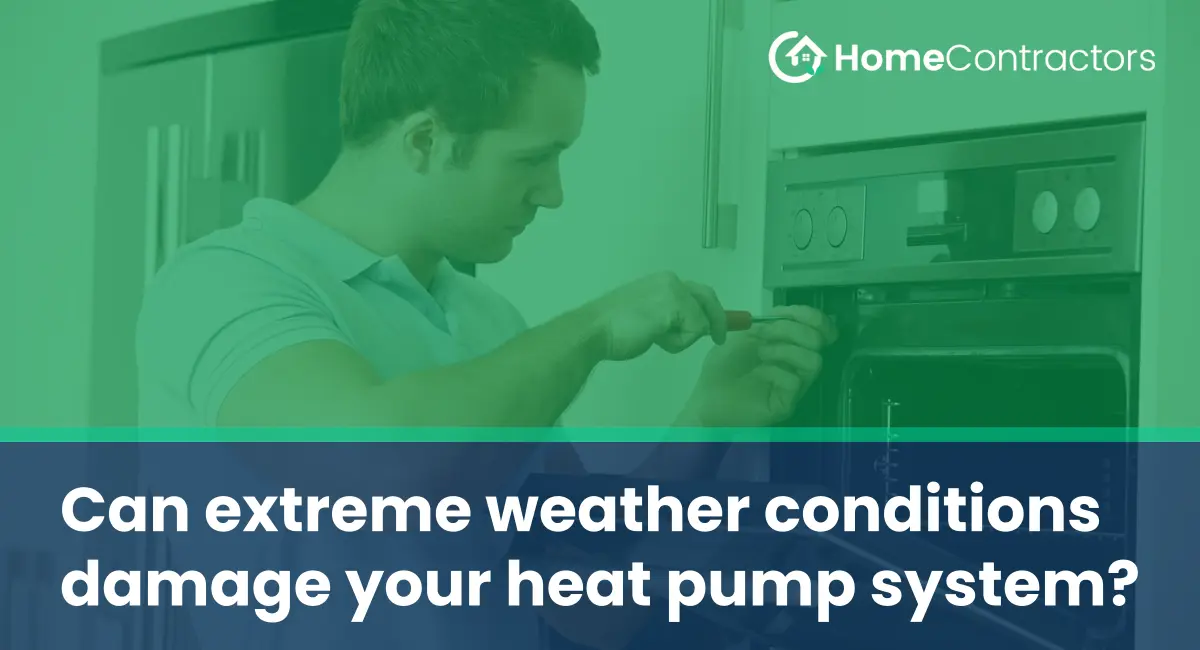Heat pumps are a reliable and energy-efficient heating and cooling solution for homes. They work by transferring heat from one place to another and are known to provide efficient heating even in cold temperatures. However, like any other system, heat pumps are not immune to potential damage, especially when they are exposed to extreme weather conditions. In this article, we will explore the effects of extreme weather on heat pump systems and discuss the steps you can take to protect your investment.
Extreme Cold
The Impact of Freezing Temperatures
Frozen Condenser Coils
Extreme cold temperatures can pose a significant threat to heat pump systems. When the outdoor temperature drops below freezing, there is a risk of condensation freezing on the coils of the heat pump. Frozen condenser coils not only hinder proper heat exchange but also increase the strain on the compressor, potentially leading to costly repairs.
Defrosting Mechanism
Most heat pumps include a defrosting mechanism that periodically reverses the refrigerant flow to melt any ice buildup. However, during exceptionally cold periods, this mechanism may not be sufficient, leading to the accumulation of ice and reduced system efficiency. Ensuring proper insulation and protection for the heat pump can mitigate this risk.
Protecting Your Heat Pump
To protect your heat pump from extreme cold temperatures, consider the following measures:
- Install a protective cover: A specially designed cover can shield the heat pump from direct exposure to cold winds and precipitation, reducing the chances of ice buildup and prolonging its lifespan.
- Regularly remove snow and ice: Routinely clear any snow or ice accumulation around the heat pump, ensuring adequate airflow and preventing damage to the unit.
- Continuous operation: Avoid frequently turning your heat pump on and off during extreme cold spells, as this can cause more strain on the system and increase the likelihood of freeze-ups.
Extreme Heat
The Challenges of High Temperatures
Increased Strain on Components
Extreme heat can also take a toll on heat pump systems. When temperatures rise significantly, the heat pump’s compressor must work harder to maintain the desired indoor temperature. This increased strain can lead to compressor failure and decreased system efficiency.
Overheating
If the heat pump is not adequately protected from direct sunlight or its surroundings lack proper ventilation, the risk of overheating increases. Overheating can cause damage to electrical components, reduce the system’s lifespan, and result in unexpected breakdowns.
Safeguarding Your Heat Pump
To safeguard your heat pump from extreme heat conditions, consider the following measures:
- Install shade: Position the heat pump in a shaded area, away from direct sunlight, to prevent overheating.
- Maintain proper airflow: Clear any debris, shrubs, or fences that may obstruct airflow around the heat pump. Adequate airflow is crucial for efficient heat exchange and preventing overheating.
- Regular maintenance: Schedule regular maintenance check-ups to ensure that the heat pump is running optimally and to identify any potential issues before they become severe.
Extreme weather conditions, whether freezing cold or scorching heat, can indeed damage your heat pump system. However, with proper precautions and maintenance, you can minimize the risk of damage, increase the longevity of your heat pump, and enjoy efficient heating and cooling in your home. Taking steps to protect your investment will not only save you money on repairs but also contribute to a more sustainable and comfortable living environment.
